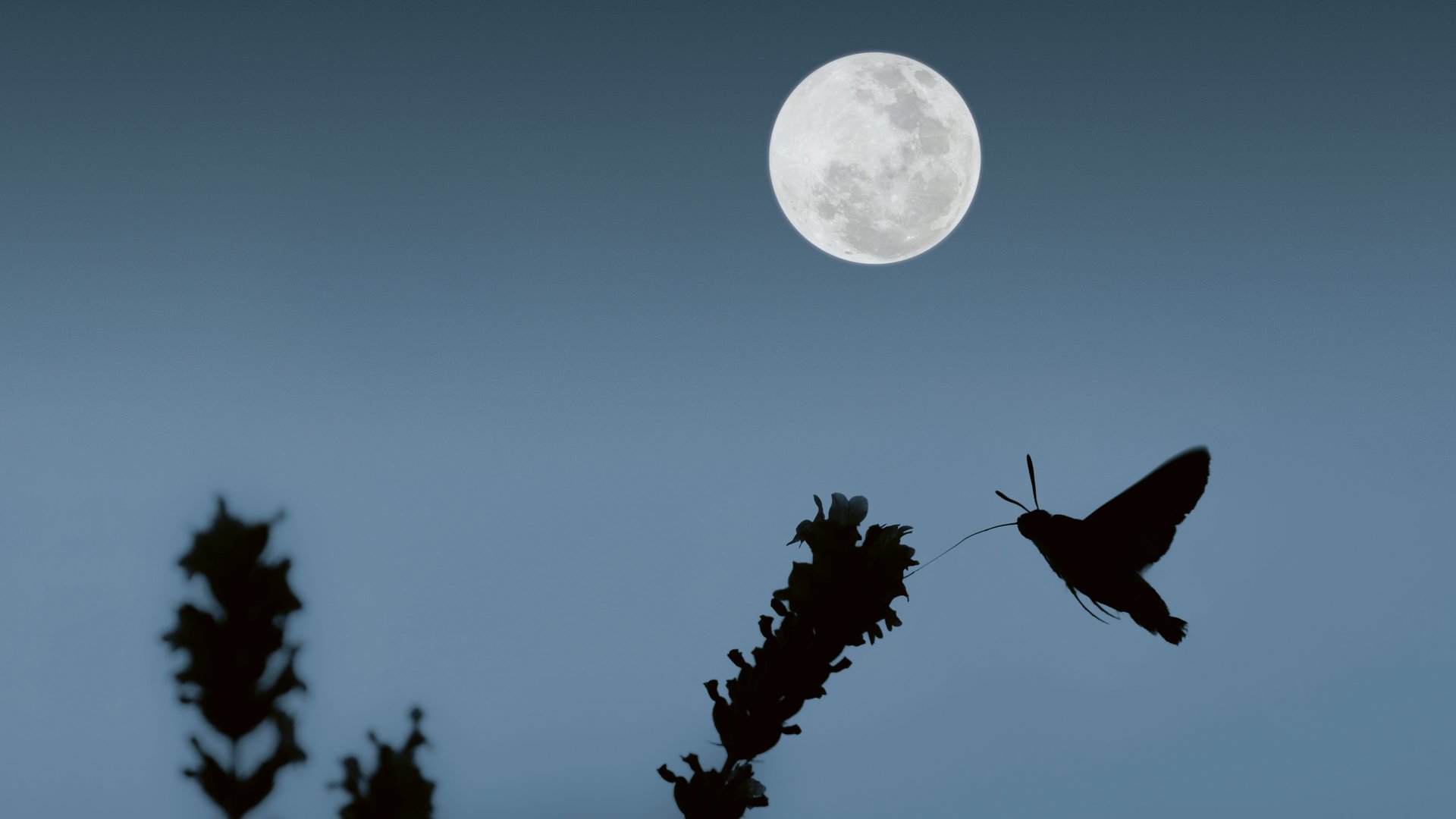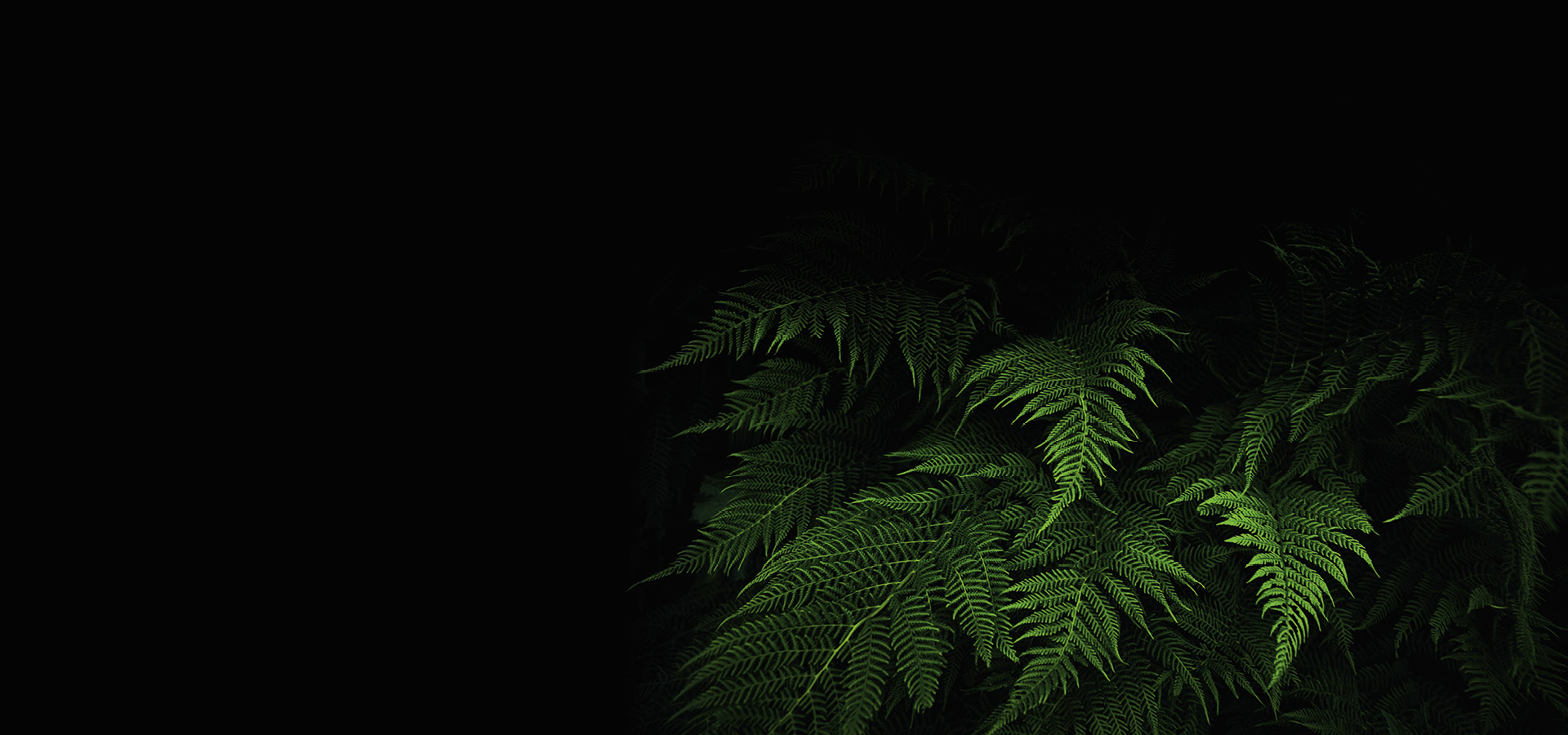
The effect and importance of artificial light
Natural light sources like the sun and moon influence the biological activity of plants and microorganisms as well as the instinctual behaviour of animals – and insects in particular – (which is by far the most species-rich form of life) as a navigation aid. Other factors that determine the life of all living things are light-dark changes, the direction of the light and its rhythm, meaning the number of daylight hours each day.
Artificial light – and particularly light with a high blue light content – is attractive to animal life, and specifically insects and birds. It can severely disrupt life’s natural rhythms. The consequences can be far-reaching: Reproductive and foraging activities may be disrupted and can even cause the death of these animals in the immediate vicinity of artificial light sources. The negative impact on the ecosystem as a whole can only be minimised if we avoid any harm to the natural order caused by light.
Our focus is on responsible outdoor lighting that addresses the fundamental relevance of illumination to ensure safety and create identity. It illuminates our habitats and avoids adverse effects on indigenous fauna as much as possible – in natural areas as well as in urban environments.

Principles of efficient ecological illumination
The guidance described below plays a key role and forms the basis for planning ecologically and economically balanced, responsible outdoor lighting that protects the night sky. Specific local requirements and regulations must be taken into account as early as the planning phase:
Every light source must have a clear purpose and should be compatible with features of its surroundings (natural areas, residential areas, urban areas, industrial areas)
Any illumination should only be directed to where it is needed – taking into account all relevant regulations
The light should never be brighter than necessary and should be integrated into a demand-based control system
Glare, stray light and light emission to the sides and above the luminaires should be avoided
In natural surroundings in particular, planning and implementation should preferably include shielded light points close to the ground wherever possible
- Warm light colours – 3000 Kelvin or less – should be preferred, as they contain the smallest percentage of blue light
- The colour spectrum should always be in line with seasonal conditions and other specific environmental requirements
- The higher the protection class of the luminaires, the better the protection against insects penetrating and dying inside them
- Low luminaire surface temperatures will prevent unnecessary heat radiation and helps protect the fauna
How blue light components in the light colour influence insects and people
Reducing the blue light component decreases the attraction of light to animals, and specifically insects. BEGA luminaires come with a colour temperature of 3000 Kelvin as standard.
Many BEGA luminaires are now additionally offered in series with a colour temperature of 2700 or 2200 Kelvin. Almost all luminaires in our range can also be supplied with other colour temperatures and in phosphor-converted amber with reduced blue light on request.

Light wavelength visibility in: 🟢 Insects (nocturnal) 🟠 Humans



Ecologically efficient lighting solutions for the beautification of living spaces
Unnecessary light emissions should always be avoided when creating ecologically efficient lighting solutions. At the same time, it is also crucial to maintain important illuminated living spaces. Additionally, architecture and its design usually have an intrinsic cultural, historical or creative importance. This significance must be presented as identifiable and visually evocative focal points in the dark – or at least during early evening hours.

Dark Sky
Luminaires for natural environments

BEGA BugSaver ®
Eco-friendly light for the protection of nocturnal animals